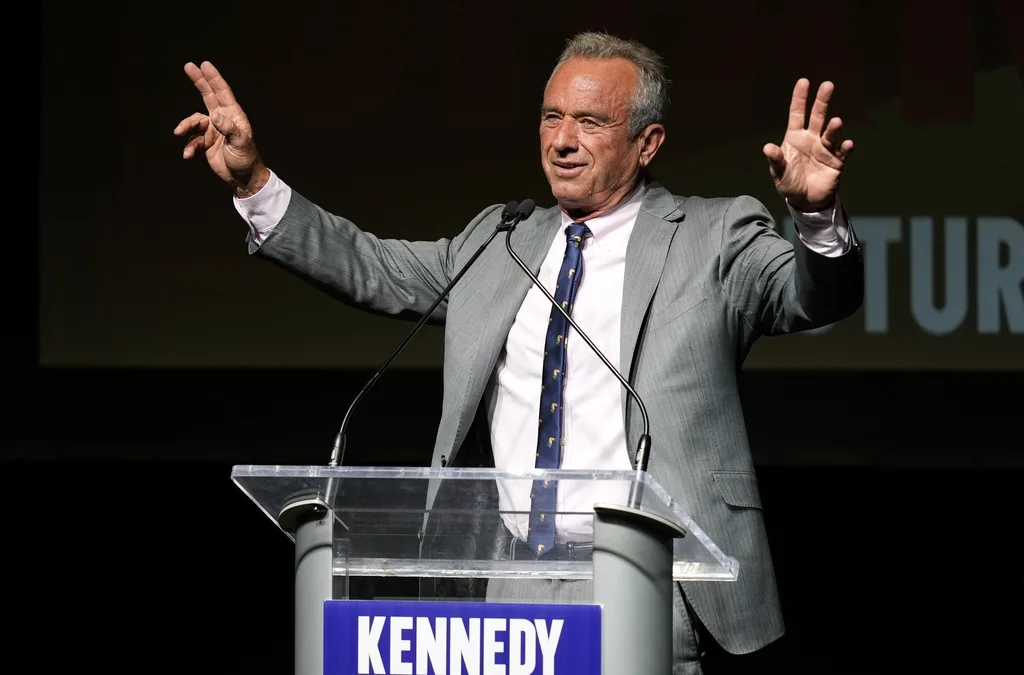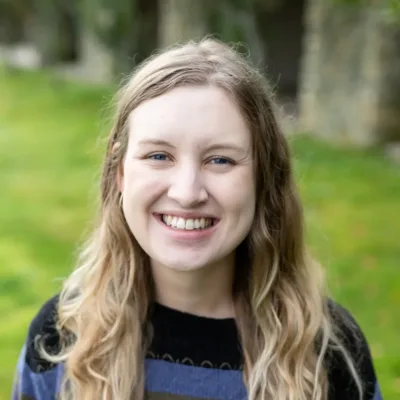
Adrian Fontes in 2017 (Photo by Gage Skidmore)
How Maricopa County Elections Went From DOJ Investigation in 2016 to Smooth Sailing in 2020
Adrian Fontes made big changes to how Maricopa County residents vote during his four years as recorder.
His term first struggled to get off the ground as voters experienced long lines and computer problems multiple times in 2018, causing the public to wonder if things could really change.
But the Democrat turned things around, ultimately leading three smooth, successful elections during the midst of a pandemic.
He brought in 500,000 new voters over his term and stopped the problem of out-of-precinct ballots being disqualified by switching from assigned polling places to a “vote anywhere” model.
Then he lost his own race to Republican Stephen Richer.
Path to Office
Fontes took over the office from Republican Helen Purcell in 2017. Purcell, who was first elected to the position in 1988, had received widespread criticism for the way she handled the 2016 elections.
For the Presidential Preference Election, she reduced the number of polling places from 200 to 60, leaving only one site open for every 21,000 voters. Some voters ended up waiting as long as five hours in line, resulting in claims of voter suppression, and, ultimately, a US Department of Justice investigation.
Then on Election Day, computer problems once again left voters waiting for hours.
Fontes, a criminal defense attorney, mariachi band member, and former Marine angered by the voting difficulties, stepped up to challenge Purcell. During his campaign, he called the long lines an intentional form of “poll tax” keeping people—particularly minorities—from voting. He promised the public he would do what he could to make voting easier and more widely accessible.
Despite Purcell’s long tenure and Fontes’ low expectations for winning, he eked out a victory in the general election by a margin of only 1.06%.
How Elections Played Out
Fontes vowed to make the county’s elections run smoothly, but the 2018 primary did not go as planned. More than 60 voting machines experienced technical issues and forced voters to find somewhere else to go. And some people still ended up waiting an hour to vote.
The problems came down to a dispute between Fontes and the contractor hired to set up equipment. Fontes said the contractor did not send enough workers for the job, but the contractors said they sent out even more people than the county has requested.
The general election that year didn’t fare much better with technical problems again clogging Maricopa County polling places with voters and forcing people to vote by provisional ballot.
Then came 2020 with its own new set of challenges thanks to the pandemic. Arizona’s presidential preference election was March 17, less than a week after Gov. Doug Ducey declared a state of emergency and schools closed.
The state moved forward with the election despite safety fears. Maricopa County closed about a third of its polling places but left nearly 150 open as “vote anywhere” centers. In the end, few hiccups were reported. Fontes also implemented “vote anywhere” centers in the August primary election, which saw no major issues.
For the 2020 general election, Fontes and other elections officials pushed hard to get voters to send in ballots early—for safety reasons, but also to manage the expected record turnout.
As a result, the state and county set records for early voting. Maricopa County received over 1.9 million early ballots, making up nearly 92% of the total votes cast.
Fontes also encouraged in-person early voting, which started Oct. 7, and once again used unassigned polling places for both early and Election Day voting. The county ended up hitting an over 80% overall turnout for the first time since the 1980s.
In addition, the county counted ballots faster than any previous election. A newly passed Arizona law allowed early ballots to be counted up to two weeks prior to Election Day, rather than one week. New, faster tabulation machines, as well as technology that speeds up the adjudication process, also contributed to the speed.
Flaring Tensions
But, along with the 2018 elections issues, Fontes has caused some other controversies. When a voter posted on Facebook in 2017 that it was hard to find the date on his mail-in ballot, the county recorder responded by saying “go F- yourself.”
Fontes later said that he “could have responded differently.”
He has also been accused of overstepping the boundaries of his role and acting outside of his authority. For example, Fontes tried this year to mail out presidential preference ballots to all Democrats in the county who hadn’t voted yet this spring to try to reach as many voters as possible during the pandemic. Republican Arizona Attorney General Mark Brnovich accused Fontes of rewriting state law, and Democratic Secretary of State Katie Hobbs opposed the plan, saying it would confuse voters. The Arizona Superior Court ultimately stopped the changes from taking place.
Fontes was also rebuked for sending out instructions in the presidential preference and primary elections telling voters to cross out mistakes rather than request a new ballot. The Arizona Supreme Court ruled that he acted beyond his authority in doing so. Then, when a conservative group accused Fontes of not fully following the court order, the court wrote the time constraint “does not excuse the County from its duty to comply with the law.”
But other challenges against Fontes were determined to be baseless. Republicans filed a lawsuit alleging some Maricopa County ballots were ruined when poll workers told voters to use Sharpies to mark them. Fontes explained that the ballots are staggered to prevent problems from bleeding, and tabulating machines actually have an easier time recognizing the marker.
The lawsuit was eventually dropped.
The Next Four Years
In the 2020 general election, Fontes came out ahead as the first results were tallied on election night. Richer crept ahead as counting continued and the Republican ended up ahead by nearly 5,000 votes. He will take over the role in January.
Fontes’ campaign did not immediately respond to The Copper Courier’s request for comment for this story.
Richer, an Arizona transplant who moved to the state nearly six years ago—criticized Fontes’ outspokenness during his campaign and said he wants to return the Recorder’s Office to a position no one has ever heard of.
It’s unclear exactly what of Fontes’ actions Richer plans to remove or keep. He told The Copper Courier he will spend the next few months looking back on the 2020 election and outlining his plans.
Richer told the Chandler Chamber of Commerce during his campaign some of his goals are to make it easier to obtain information from the office, create a voting oversight board with representatives from all political parties, and enact a remote notarization program.
Richer will have to get started quickly with a runoff election in March between Phoenix City Council candidates who did not get enough votes this month to declare a clear winner.
Fontes has stepped up to help Richer transition into office, first with what Richer called a “kind and professional” concession via phone call and then a tour of the office.
Politics

6 terrifying things that could happen if the Comstock Act is used to target abortion
Does 1873 sound like a really, really long time ago? Well, that’s because it is—but if Republicans and far-right anti-abortion activists have their...

He said what? 10 things to know about RFK Jr.
The Kennedy family has long been considered “Democratic royalty.” But Robert F. Kennedy, Jr.—son of Robert F. Kennedy, who was assassinated while...
Local News

Opinion: Strategies for Child Abuse Prevention
11 ways you can be an ally in the fight against child abuse. April is Child Abuse Prevention Month. In the United States, it is estimated that a...

Biden marks Earth Day by announcing $7 billion in solar grants
The Biden administration on Monday announced the recipients of its Solar For All Program, a $7 billion climate program that aims to lower energy...





